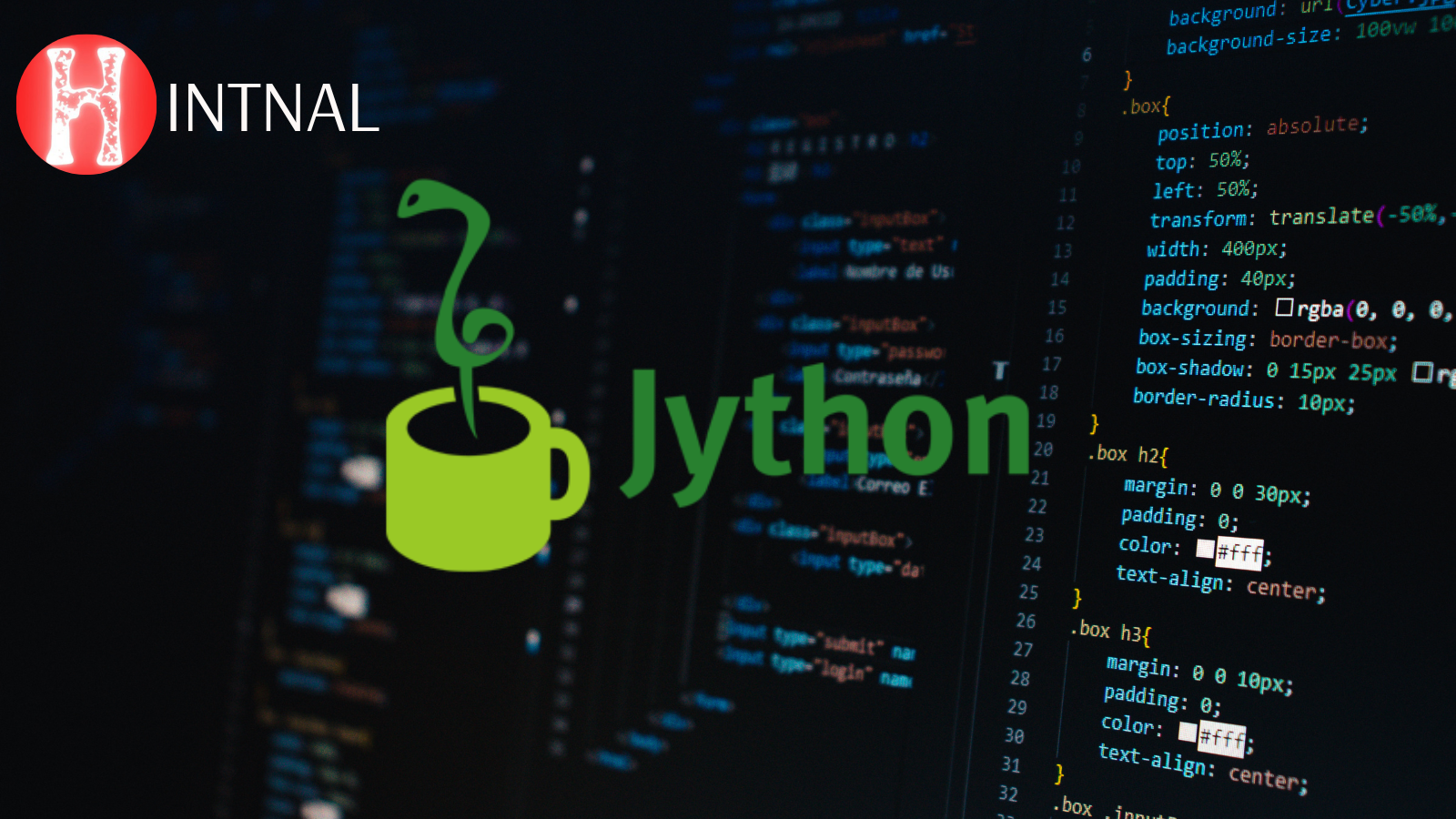
Discover the critical Legacy Tech Risks in 2025—why 40% of enterprises still use EOL CentOS and Angular.js, and how it impacts security, compliance, and modernization efforts.
READ ALSO: Ubuntu Budgie 25.04: 7 Powerful Reasons to Upgrade to Plucky Puffin Today!
In 2025, as AI-driven DevOps and zero-trust architectures dominate IT conversations, a silent crisis persists: 40% of enterprises still run End-of-Life (EOL) CentOS, while 15% cling to Angular.js 1.x—despite its 2021 deprecation. These legacy systems aren’t just technical debt; they’re compliance time bombs and breach magnets.
Why Legacy Tech Still Thrives: The Illusion of Stability
Legacy systems endure due to three dangerous myths:
- “It Still Works”: Functional inertia outweighs perceived risks.
- Migration Complexity: 68% of organizations cite retesting critical apps as the top barrier.
- Skill Gaps: 75% lack personnel trained in modern alternatives like Rocky Linux or React.
💡 The Trap: EOL software lacks security patches, violates regulations (GDPR/HIPAA), and locks teams into deprecated dependencies. A single unpatched CVE-2025-3887 flaw in CentOS 7’s
gstreamer1-plugins-bad-freeenables remote code execution via malformed video streams—a favorite attacker entry point.
CentOS 7: A Case Study in Institutional Paralysis
Red Hat’s shift to CentOS Stream stranded enterprises relying on “stable” builds. Despite CentOS 7’s June 2024 EOL, 25% of large enterprises still have no migration plan.
Real-World Fallout
- Breach Costs: Organizations using EOL CentOS are 3× more likely to fail compliance audits.
- Case Example: A European bank avoided a €500K ransomware attack by migrating to AlmaLinux—but only after finding exploit attempts in logs.
Excuses vs. Solutions
| Excuse | Solution |
|---|---|
| “No Rocky Linux skills” | Free LF courses: Linux Fundamentals (LFS101) |
| “Can’t retest critical apps” | Containerize with Podman + incremental validation |
| “Waiting for cloud migration” | Hybrid-cloud refactoring via OpenTofu (LFEL1009) |
Angular.js 1.x: The Zombie Framework
92% of Angular.js 1.x codebases contain unpatched CVEs like CVE-2023-26116 (ReDoS attacks). Yet migration stalls due to:
- Cost: Rewriting monolithic SPAs averages $120K.
- Toolchain Decay: Reliance on dead tools (Bower, Gulp).
Modernization Playbook
- Assess: Run
ngMigration Assistant+ OWASP scan. - Refactor Incrementally: Replace modules with React/Vue, not big-bang rewrites.
- Upskill: Enroll teams in Open Source Contribution in Finance (LFD137).
The Compliance Ticking Clock
Legacy tech violates three critical 2025 mandates:
- EU Cyber Resilience Act (CRA): Requires SBOMs + vulnerability disclosure.
- PCI DSS 4.0: Mandates supported software for payment systems.
- HIPAA: Penalizes unpatched PHI-access systems.
📉 Data: 68% of CentOS 7 users fail compliance audits vs. 45% for Angular.js.
Strategic Migration Framework
1. Triage & Prioritize
- Critical Systems: Public-facing apps → Migrate first.
- Low-Risk: Internal tools → Containerize + isolate.
- Use Red Hat Insights for dependency mapping.
2. Choose Your Path
| Legacy System | Modern Alternative | Tool |
|---|---|---|
| CentOS 7 | AlmaLinux/Rocky Linux | Convert2RHEL |
| Angular.js 1.x | React, Vue, Angular 17+ | Vite + OpenTelemetry (LFS148) |
3. Mitigate Risks During Transition
- Extended Support: TuxCare’s ELS for CentOS 7 (rebootless patches).
- Virtual Patching: Web Application Firewalls (WAFs) for Angular.js CVEs.
4. Upskill Relentlessly
- Linux Foundation Courses: Securing Supply Chains (LFEL1007), Zero Trust (LFS183).
- AI-Powered Refactoring: Use GenAI to convert Angular.js syntax (see GenAI-powered Microservices).
Conclusion: Migrate or Disintegrate
Legacy systems are the “asbestos of IT infrastructure—inert until they catastrophically fail”. With 70% of FOSS components maintained by <10 people, proactive migration isn’t optional—it’s supply-chain hygiene. Enterprises that modernize report 40% fewer breaches and 30% faster deployments.
Final Takeaway:
“Unsupported software isn’t a ‘cost-saving’—it’s a liability compounder. Control your timeline, or vulnerabilities will.”
Start Your Modernization Journey:


